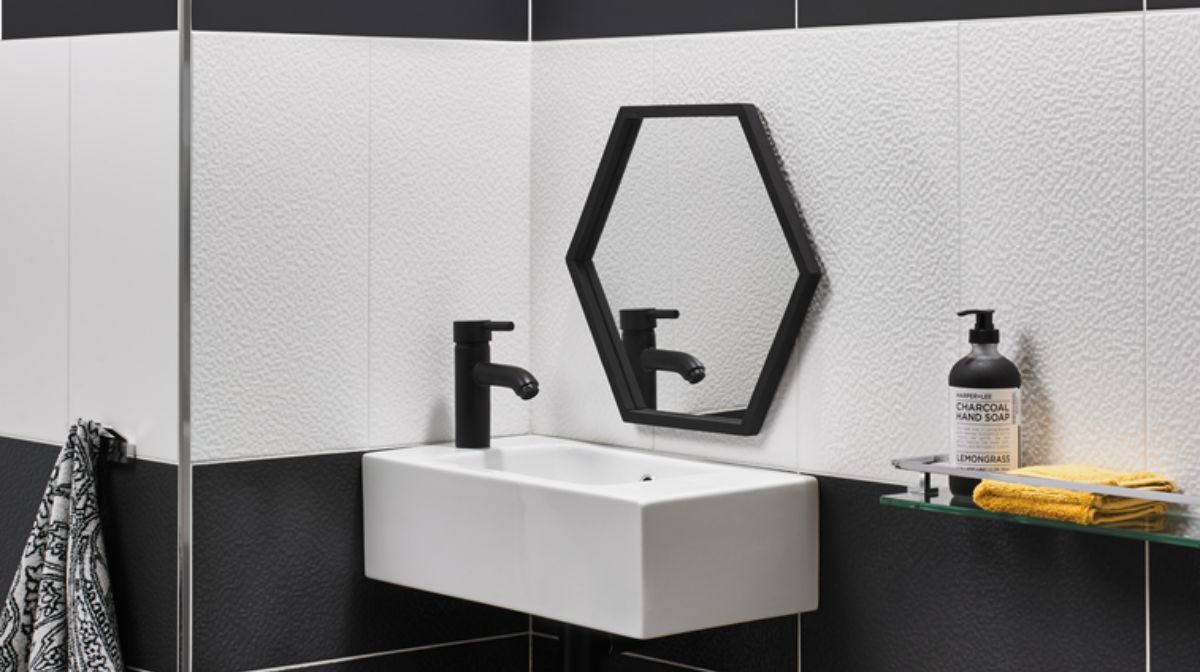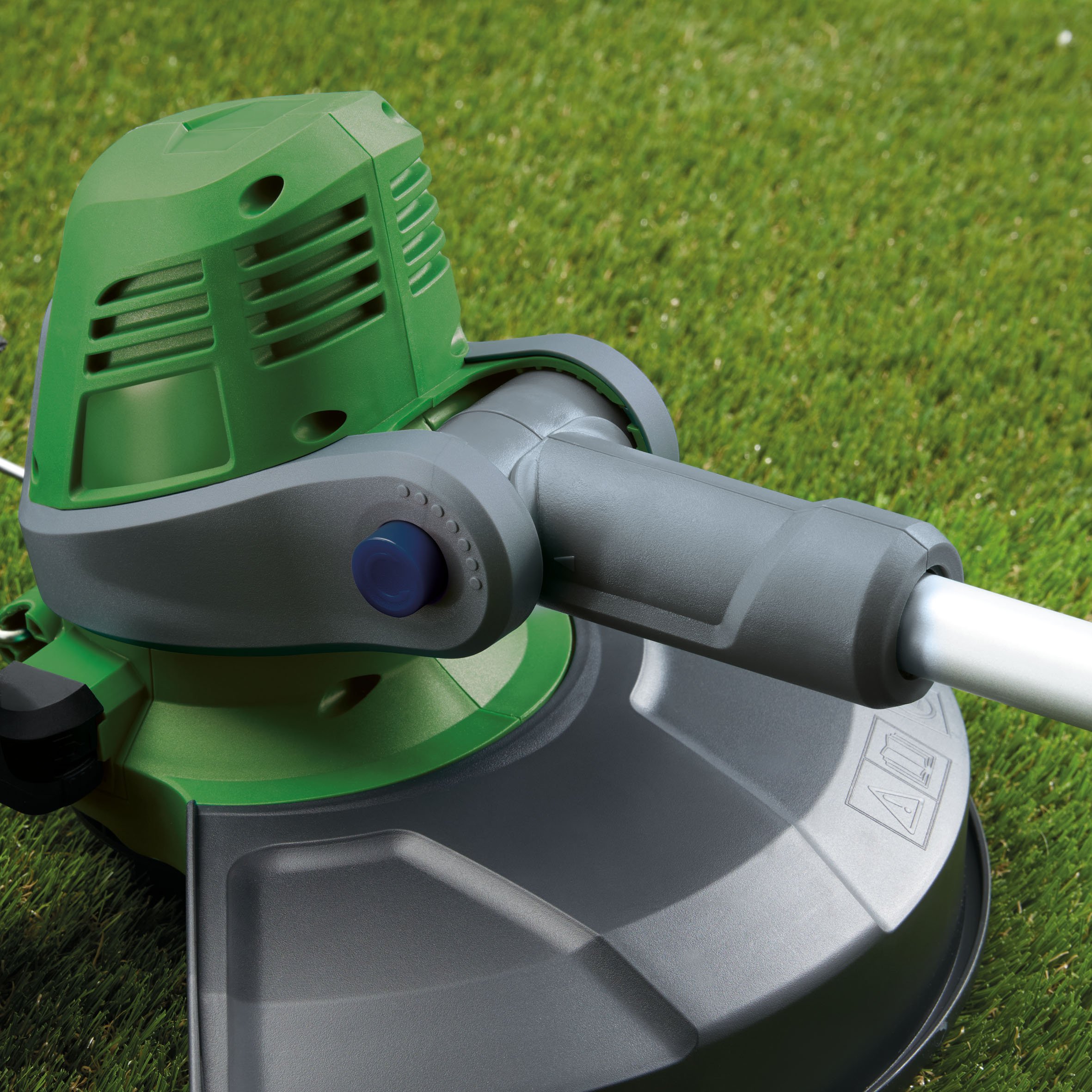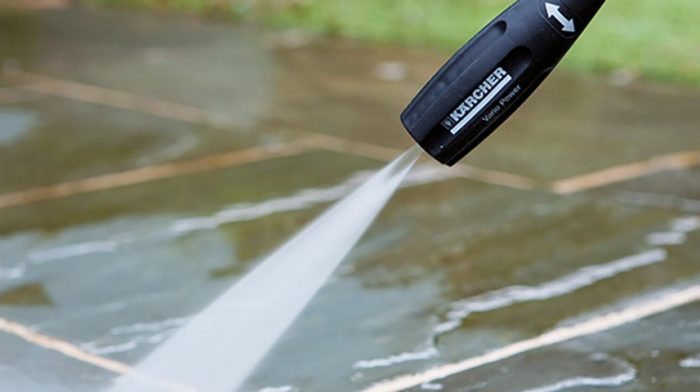Step 1. Give your bathroom a good clean
Before you start, it’s a good idea to give your bath or shower and the surrounding tiles a good clean to get rid of residual dirt or mould. This can be done with any products you’d usually use to clean your bathroom.
You should also make sure any bottles, cosmetics or personal items are moved out of the way before you start the process, giving yourself a clear and safe space to work.
Step 2. Dissolve or cut off the old silicone sealant
Once your bathroom tiles are nice and clean, you can start removing the sealant. There are two main ways you can do this: by hand or with a little assistance from a silicone sealant remover.
If you prefer to have a go yourself, you can start by cutting along the length of the existing sealant. A Stanley knife usually does the trick, but be careful not to mark or damage the surfaces you’re cutting against.
If you fancy less of a DIY job, using a sealant remover product can be an easier option. You simply apply the remover along the existing sealant and leave for 2-3 hours, unless the remover instructions recommend leaving it longer.
Step 3. Peel off the old sealant
If you went the DIY route, you can begin to peel off the old silicone sealant. Doing this by hand can be a bit of a picky and tedious process, so we recommend investing in a plastic scraper or sealant removal tool to help with the stripping process.
If you chose to use sealant remover, this helps to soften and dissolve the old sealant before you remove it, making the peeling off a much easier task. However, using a scraper or remover tool is still advisable.
Step 4. Get rid of any leftover silicone sealant residue
Once you’ve peeled off most of the old sealant, it’s time to move onto the next step, removing excess dried silicone sealant.
Don’t worry, you’ve done the hard bit. Now you just need to make sure you get rid of the leftover residue so you’ve got a completely clean surface for your new sealant.
Although white spirit alone does not remove silicone sealant entirely, it can be useful for cleaning up stubborn residue. Just dab some white spirit onto a cleaning cloth or rag and rub off the excess. Feel free use a scouring pad or tweezers for any extra stubborn bits and don’t be afraid to give it a bit of elbow grease.
Step 5. Apply your new silicone sealant
Now all your old sealant is removed, it’s time to reseal.
Before you apply any new silicone sealant, you must make sure the area and surrounding tiles are clean as grime or mould can stop sealant from sticking properly. Once your area is clean and dry, you’re ready to start applying the sealant. Read our blog to learn more tips on how to silicone seal a bath.
Homebase offer a comprehensive range of easy-to-use silicone sealants, for all your resealing needs. Check out our website or head to your local Homebase store to find everything you need to refresh your bathroom sealing.
FAQs:
Q. What removes silicone sealant?
A. A silicone sealant remover product easily dissolves old sealant so that you can remove it from your bath or shower more easily. Browse Homebase’s comprehensive range of sealant removers and silicone sealants.
Q. How do I dissolve silicone sealant?
A. The easiest way to dissolve silicone sealant is using a remover. You simply apply the remover to the sealant you want to dissolve, leave it for 2-3 hours and then peel it off using a remover tool or knife. You can find a range of silicone sealants and sealant removers at Homebase.
Q. How do I get rid of silicone sealant?
A. You can get rid of silicone sealant in a few ways. You can either use a knife to cut the old sealant along the wall or use a remover product to dissolve it before you peel it off. Once you’ve removed it, you can bin the old sealant. Read our blog for a step-by-step guide on how to remove your old bathroom sealant safely using either of these methods.










